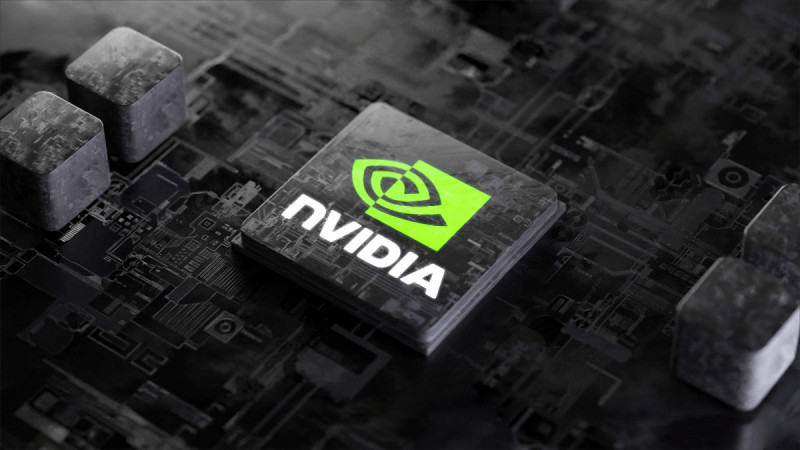Nvidia stock has recently been the center of attention in the semiconductor market, showing significant volatility and a downward trend. This article delves into the current state of Nvidia stock, examining key levels to watch, trading strategies, and the overall sentiment surrounding this major player in the tech industry.
Current Market Sentiment for Nvidia Stock
The sentiment surrounding Nvidia stock has shifted dramatically. Analysts remain bullish, but recent price action suggests a cooling off period may be necessary. With the stock breaking through critical support levels, investors are left wondering how low Nvidia stock can go and whether it can rebound before further declines.
Currently, Nvidia stock remains in a downtrend characterized by lower highs and lower lows. The 20-day moving average is below the 50-day moving average, indicating a bearish trend. This situation raises questions about potential rebounds and resistance levels.
Technical Analysis: Key Levels to Watch
Understanding the technical aspects of Nvidia stock is crucial for making informed trading decisions. Key levels to monitor include:
- Resistance Level: $105 – A close above this level may indicate a potential rebound.
- Support Level: $100 – Falling below this level could signal further declines.
- Critical Support: $88 – A breach here opens the door to lower prices.
These levels are not just random numbers; they represent significant pivots that traders should focus on. The ability of Nvidia stock to hold above these levels will dictate its near-term price action.
Short-Term Trading Strategies for Nvidia Stock
Given the current market conditions, traders need to be vigilant. Here are some strategies that can be employed when trading Nvidia stock:
- Monitor Pre-Market Activity: If Nvidia can maintain levels above $98.50 in pre-market trading, it may indicate strength.
- Look for Intraday Rebounds: If the stock holds above the 20 and 50-hour moving averages, consider short-term long positions.
- Watch for Rejections: If Nvidia stock struggles to break above key resistance levels, it may signal a continuation of the downtrend.
Each of these strategies hinges on the ability to read price action accurately and adapt to changing market conditions.
Comparative Analysis: Other Semiconductor Stocks
Nvidia is not the only semiconductor stock facing challenges. Other notable companies include AMD, SMCI, ARM, Broadcom, and Micron. Each of these stocks has its own set of dynamics affecting their price movements.
AMD: Struggling to Find Support
AMD has been facing similar downward pressure. The stock has been unable to hold above $136, indicating bearish sentiment. Traders should watch for any potential rebounds above $130, but caution is advised as the overall trend remains negative.
SMCI: A Bearish Outlook
SMCI has also been on a downward trajectory. With the stock struggling to stay above $520, a break below this level could lead to further declines. Traders should remain cautious as the bearish structure continues to dominate.
ARM: Consolidation Without Direction
ARM is currently in a consolidation phase but is unable to break above critical resistance levels. As long as it remains below the identified blue box, the outlook remains bearish.
Broadcom: Continuing the Downtrend
Broadcom has seen significant selling pressure. The stock is trading below both the 20 and 50-day moving averages, indicating a bearish trend. Traders should keep an eye on the $140 level for any potential rebounds.
Micron: Stuck in a Bearish Pattern
Micron is facing a similar fate, with no signs of bullish consolidation. The stock continues to exhibit a negative sentiment, making it essential for traders to remain vigilant.
Long-Term Considerations for Nvidia Stock
While short-term trading strategies are essential, it’s equally important to consider the long-term outlook for Nvidia stock. As a leader in AI technology and semiconductors, Nvidia’s fundamental strengths cannot be ignored.
Investors should keep an eye on broader market trends and economic conditions, as these factors can significantly impact Nvidia’s stock performance. As the tech industry evolves, Nvidia’s role in AI and computing will continue to shape its future.
Conclusion: Navigating the Nvidia Stock Landscape
Nvidia stock is currently in a challenging position, facing downward pressure and critical resistance levels. Traders must remain vigilant, monitoring key price levels and employing effective trading strategies. Additionally, comparing Nvidia with other semiconductor stocks provides valuable insights into market trends.
Ultimately, whether you are a short-term trader or a long-term investor, understanding the dynamics of Nvidia stock is crucial for navigating this volatile landscape. For those looking to enhance their trading strategies, consider joining the Rawstocks Trading Community Today for valuable insights and tools.
